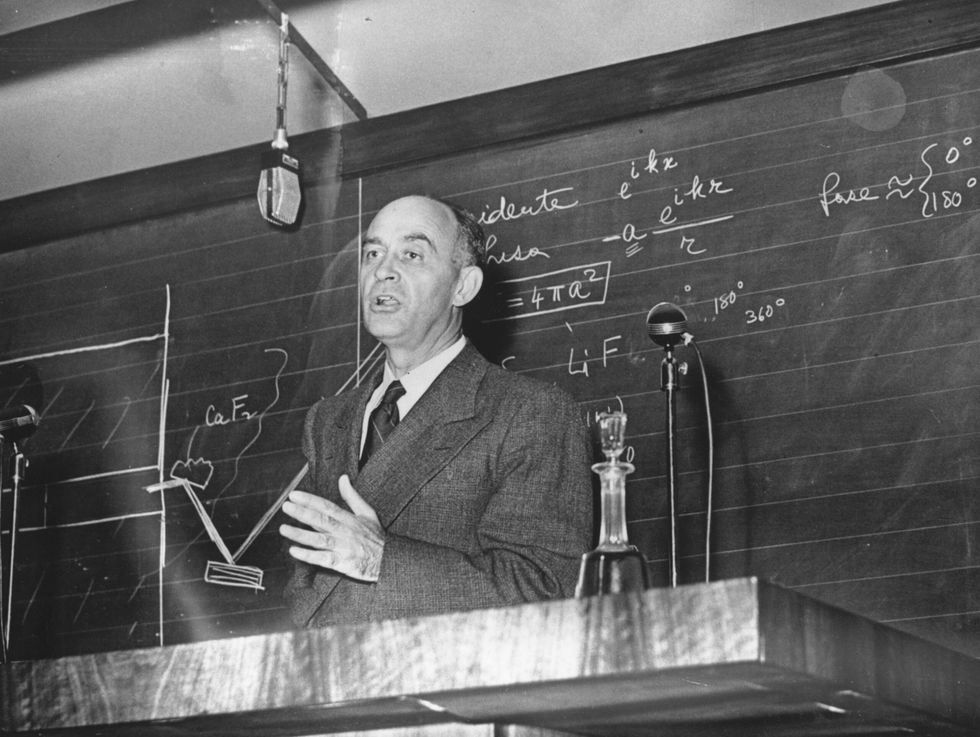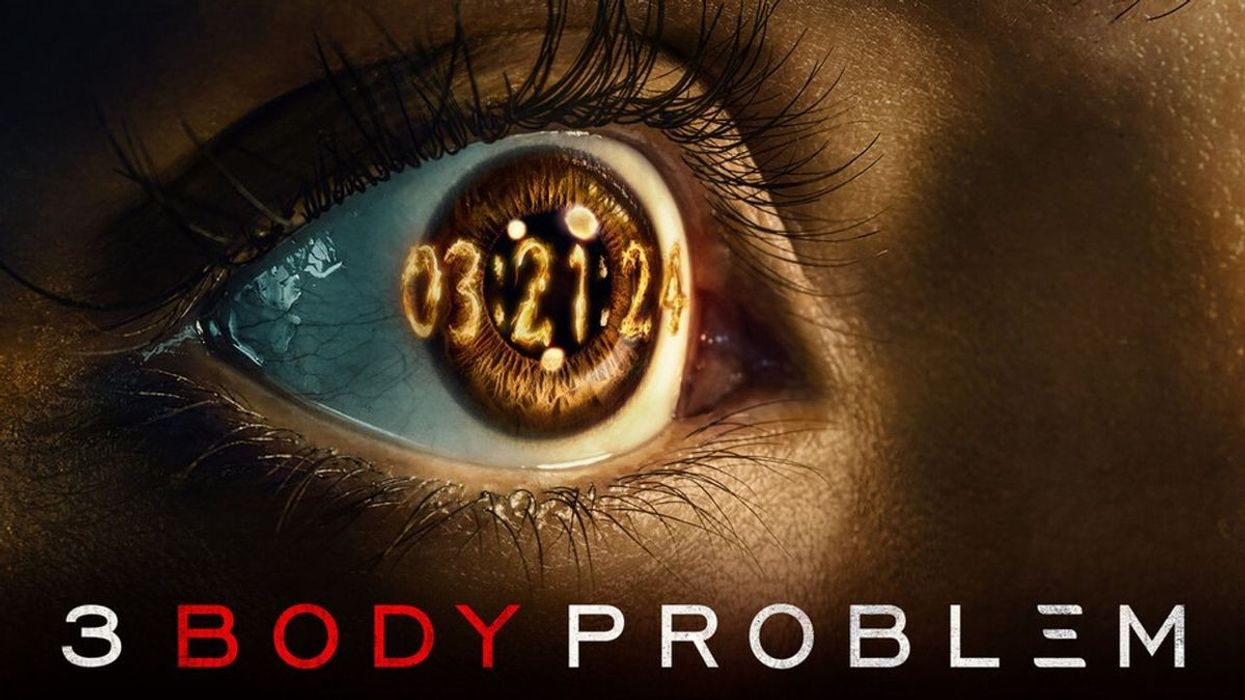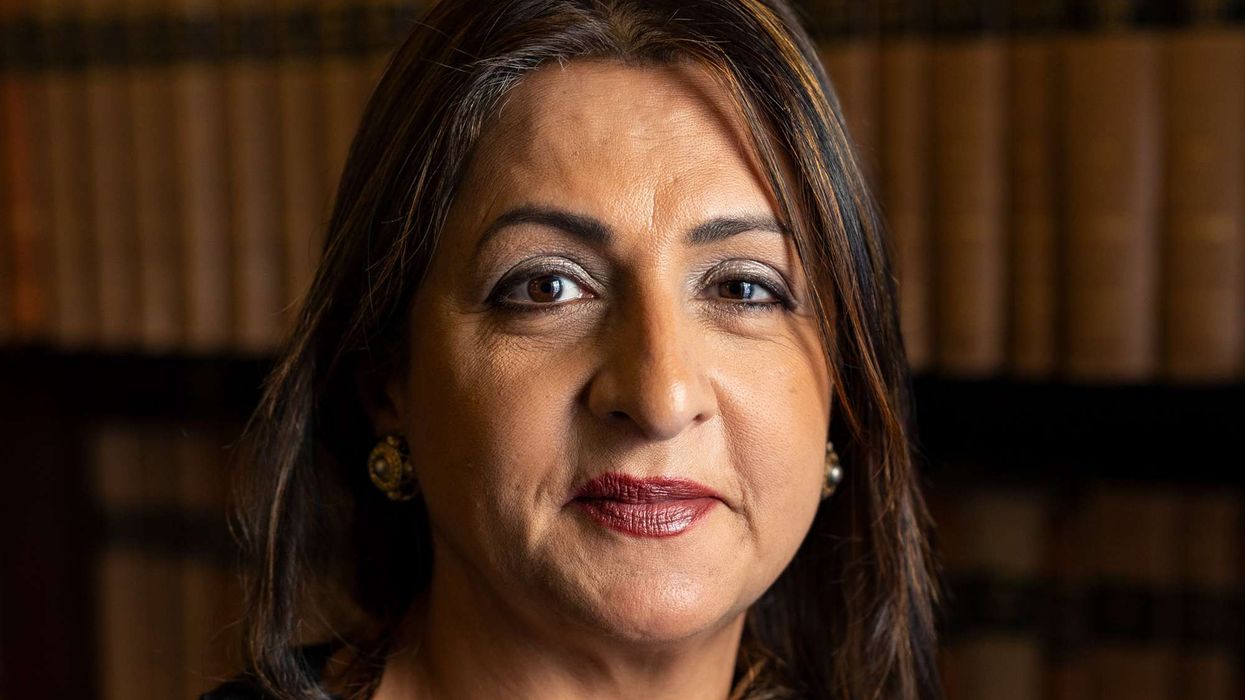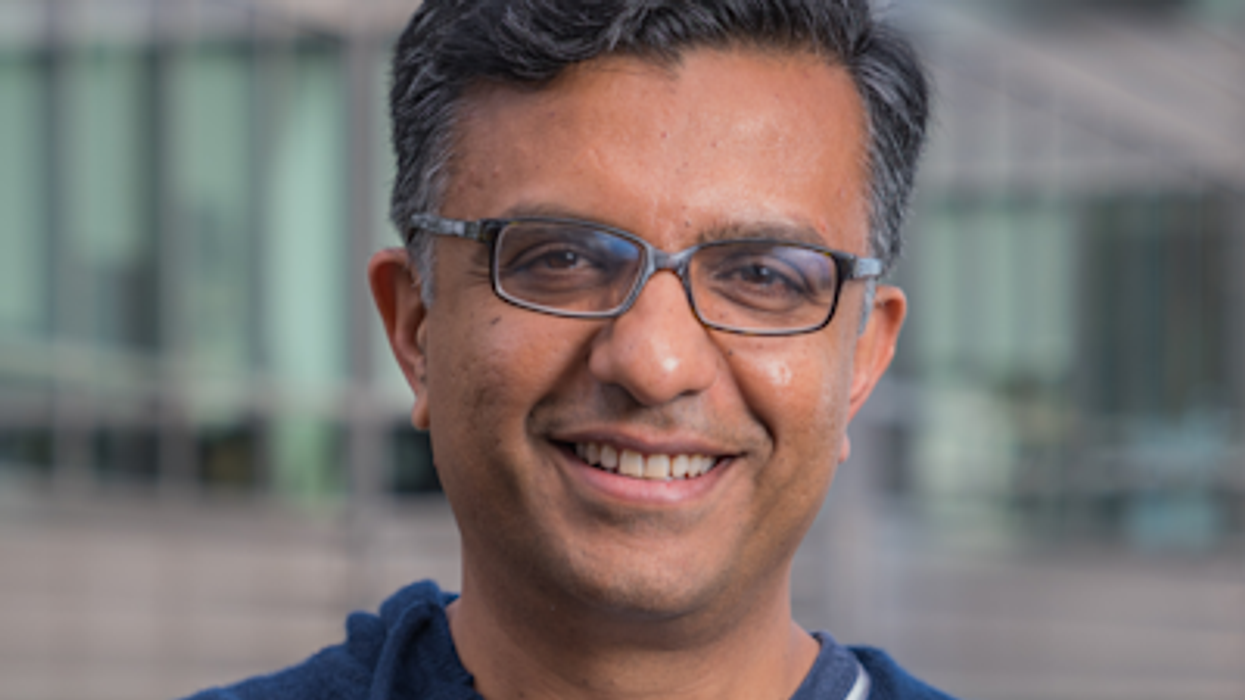There have been many studies and projects sent out in space to investigate the existence of aliens on other planets. But this Netflix sci-fi show, 3 Body Problem, shows the complications of the universe and the existence of aliens in different time parallels and other galaxies.
The Earth is about 4.5 billion years old, and life is at least 3.5 billion years old. What are the chances that, in such a big universe, there are no other lives, but just earth?
There are conspiracy theories, and some rather strange reports about harm to cattle, but nothing credible. Physicist Enrico Fermi found this odd. His formulation of the puzzle, proposed in the 1950s and now known as 'the Fermi Paradox', is still key to the search for extraterrestrial life (Seti) and messaging by sending signals into space (Meti).
There must be some other planet that can provide favourable conditions for life to survive.
The character Ye Wenjie grapples with a significant issue in the inaugural episode of Netflix's 3 Body Problem. Working at a radio observatory, she ultimately receives a message from an extraterrestrial civilisation, warning Earth of an impending attack if any response is made. This narrative, inspired by Liu Cixin's sci-fi novels, delves into a real scientific puzzle in astronomy, known as the three-body problem.
This problem, deeply rooted in both astronomy and mathematics, elucidates the challenges in predicting the long-term trajectories of celestial bodies such as planets, moons, and stars. It serves as the thematic core of the Netflix series, adapted from Liu's trilogy, Remembrance of Earth's Past.
In the storyline, an alien race named the Trisolarans seeks to colonise Earth due to the instability of their home planet's trisolar system, characterised by three suns. The desire for a more predictable environment propels them toward Earth, where they aim to curb human progress through intimidation tactics.

The narrative unfolds against the backdrop of Sir Isaac Newton's groundbreaking work on gravitational forces, which enabled astronomers to model the dynamics of celestial bodies. However, Newton's two-body solution only provides an approximation of reality. In truth, our solar system presents an n-body problem, where the interactions among multiple bodies lead to chaotic trajectories.
Chaos, in this mathematical context, refers to the sensitive dependence on initial conditions, resulting in divergent outcomes for similar systems over time. This chaotic horizon spans tens to hundreds of millions of years, causing celestial bodies to exhibit unpredictable motions.
In the TV series, the trisolar system inhabited by the San Ti Ren faces imminent danger due to the inherent chaos and instability of its three suns. To convey this complex concept, characters engage in a hyper-realistic virtual reality game, depicting historical civilizations grappling with the challenges of a trisolar system.
As the story progresses, the characters realize that the Trisolarans must abandon their home to ensure their survival, as they can neither predict nor control the chaotic trajectories of their planet. This realisation forms the crux of the drama unfolding in the series.
The 3 Body Problem catalyses the subsequent events in the series and potentially sets the stage for future seasons. While audiences may seek insights from the original novels, the TV showrunners are poised to introduce new twists and turns, echoing the unpredictability inherent in celestial dynamics.






 Mallika Sherawat poses outside the White House in a pink ombre dress Instagram/mallikasherawat
Mallika Sherawat poses outside the White House in a pink ombre dress Instagram/mallikasherawat  Mallika Sherawat poses at the White House in a pink ombre dress Instagram/mallikasherawat
Mallika Sherawat poses at the White House in a pink ombre dress Instagram/mallikasherawat 





